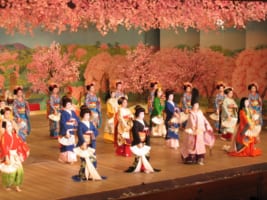Nijo Castle: Kyoto’s Magnificent Samurai Treasure
Guide to Kyoto's Nijo Castle
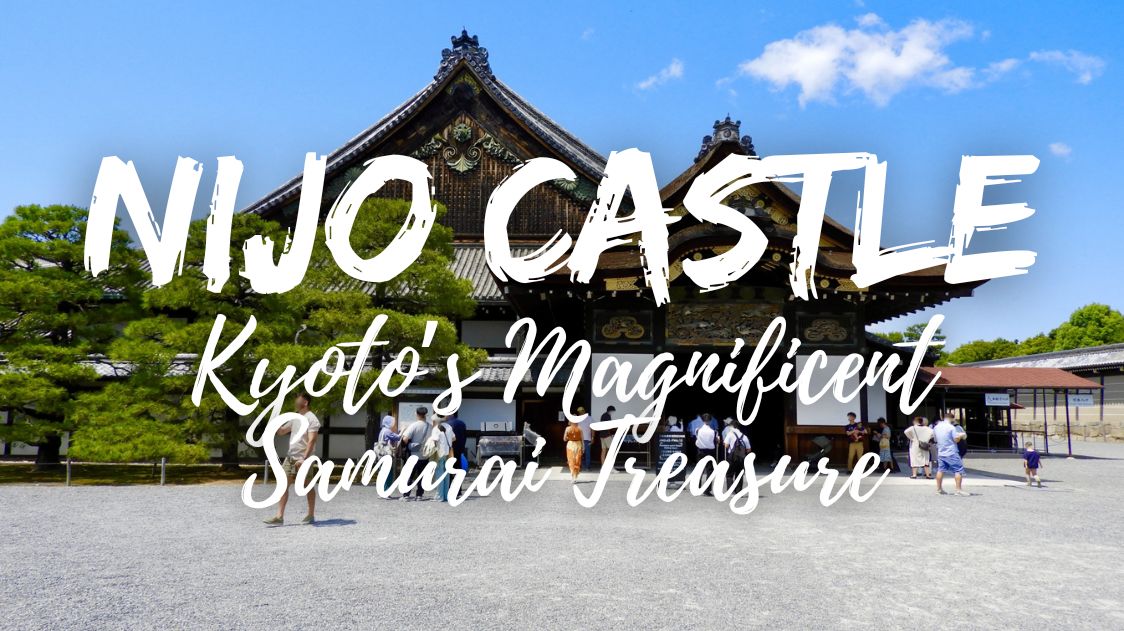
Imagine entering a realm where samurais roamed and shoguns ruled. Kyoto‘s Nijo Castle is a treasure trove of history and culture that transports you back to Japan’s feudal history through a vivid journey. Built in 1603 by Tokugawa Ieyasu, the first Tokugawa shogun, this UNESCO World Heritage Site showcases the power and influence of the Tokugawa clan during the Edo period.
Its formidable stone walls, majestic gates, intricate interiors, and sophisticated gardens capture the essence of its time, making it a must-visit for those interested in history, architecture, or just the beauty of Japanese culture. This iconic landmark in Kyoto preserves many original structures and combines traditional and early modern styles, inviting visitors to explore its many secrets.
If you need a general overview of Kyoto, don’t miss our All-in-One Guide to Kyoto!
<<Get your Nijo Castle and Ninomaru Palace Tickets here!>>
*Please note that this article contains affiliate links.
What is Nijo Castle?
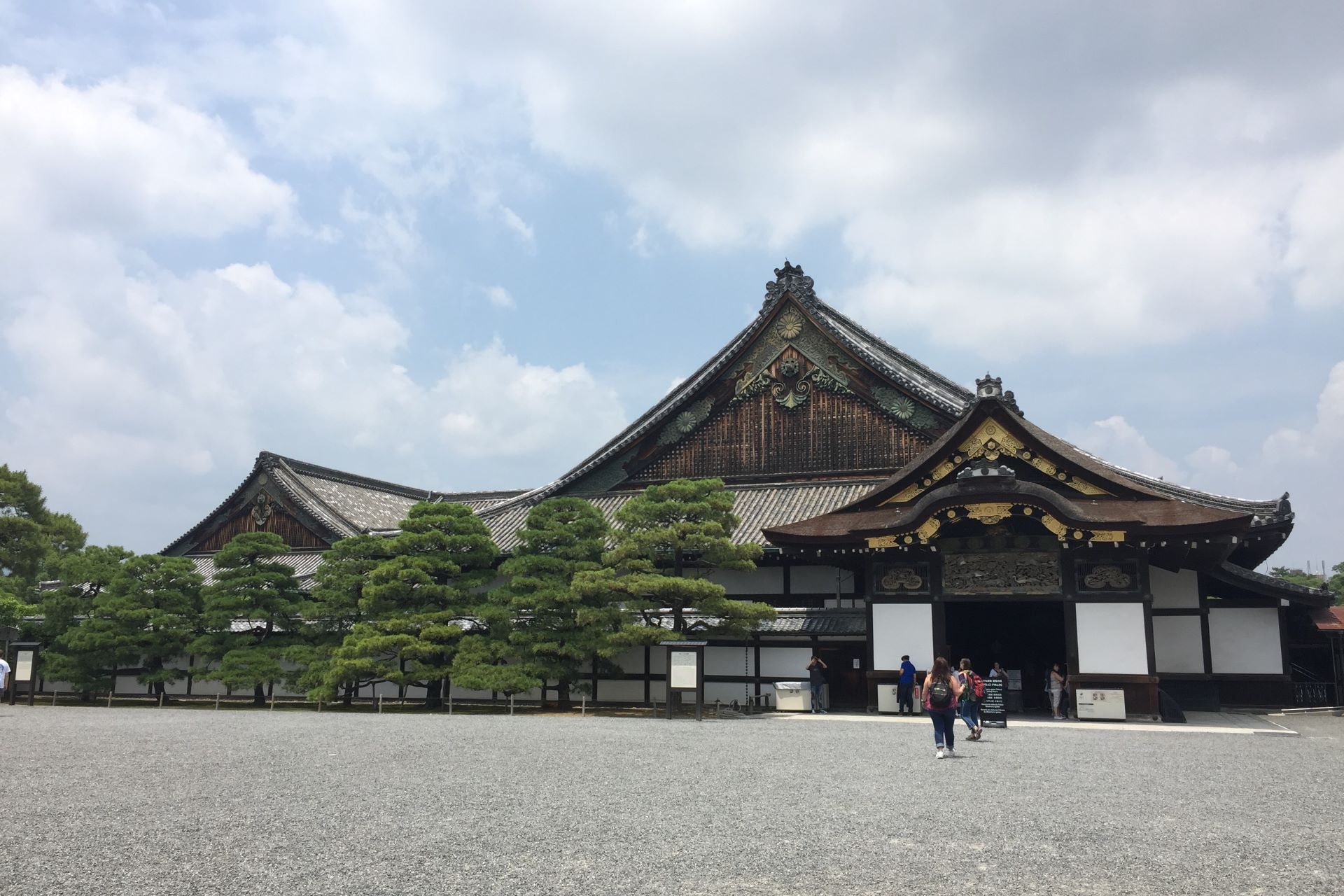
Nijo Castle (二条城), or Nijo-jo, is a historic castle located in the heart of Kyoto. Constructed as a second residence for Tokugawa Ieyasu, it symbolizes the power and influence of the shogunate era. The castle complex includes two main structures, Ninomaru and Honmaru, surrounded by expansive gardens and fortifications. Because of its rich design that integrates several architectural styles, it is recognized as a UNESCO World Heritage Site, showcasing the artistry and craftsmanship of the Edo period.
What to See and Do at Nijo Castle
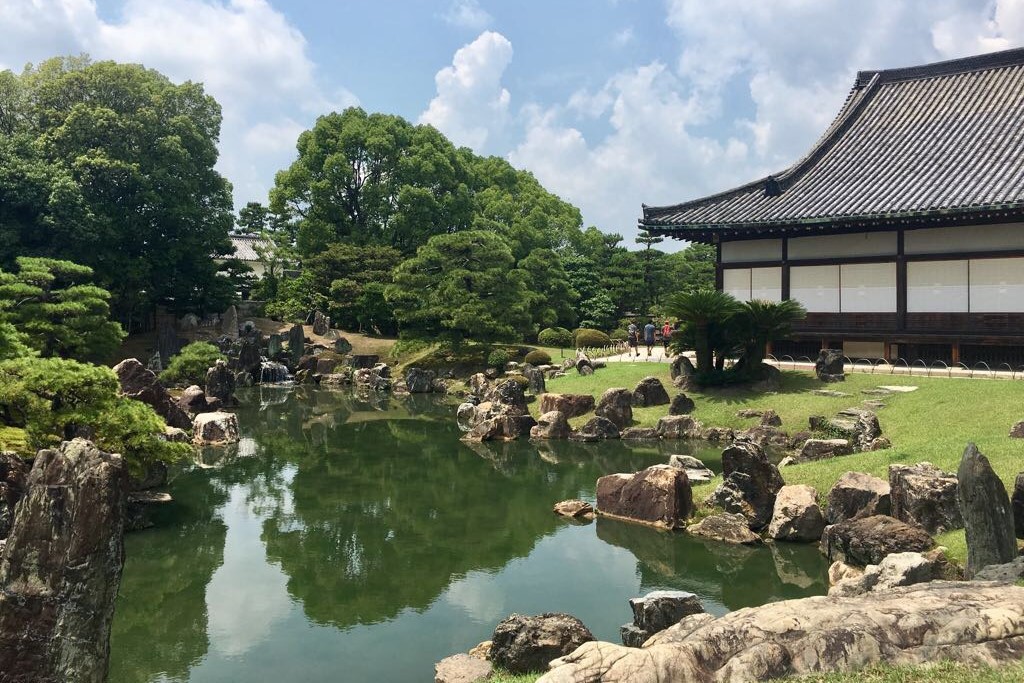
Explore Ninomaru Palace
Admire the beautiful and intricate wall and ceiling paintings and pay attention to the famous “nightingale floors”. These floors make a creaking noise when you walk on them. However, current historical sources do not clarify if this effect was intentional or not. Some theories believe this was probably a security mechanism against intruders since it’s impossible to walk without making a sound unless you are highly skilled and used to this place. However, it seems that efforts to replicate the same effect with known construction techniques have been unsuccessful.
Stroll through Ninomaru Garden
The other main attraction of this site, designated as a Special Place of Scenic Beauty, where you can enjoy the traditional Japanese landscape with ponds, islands, and meticulously maintained plants.
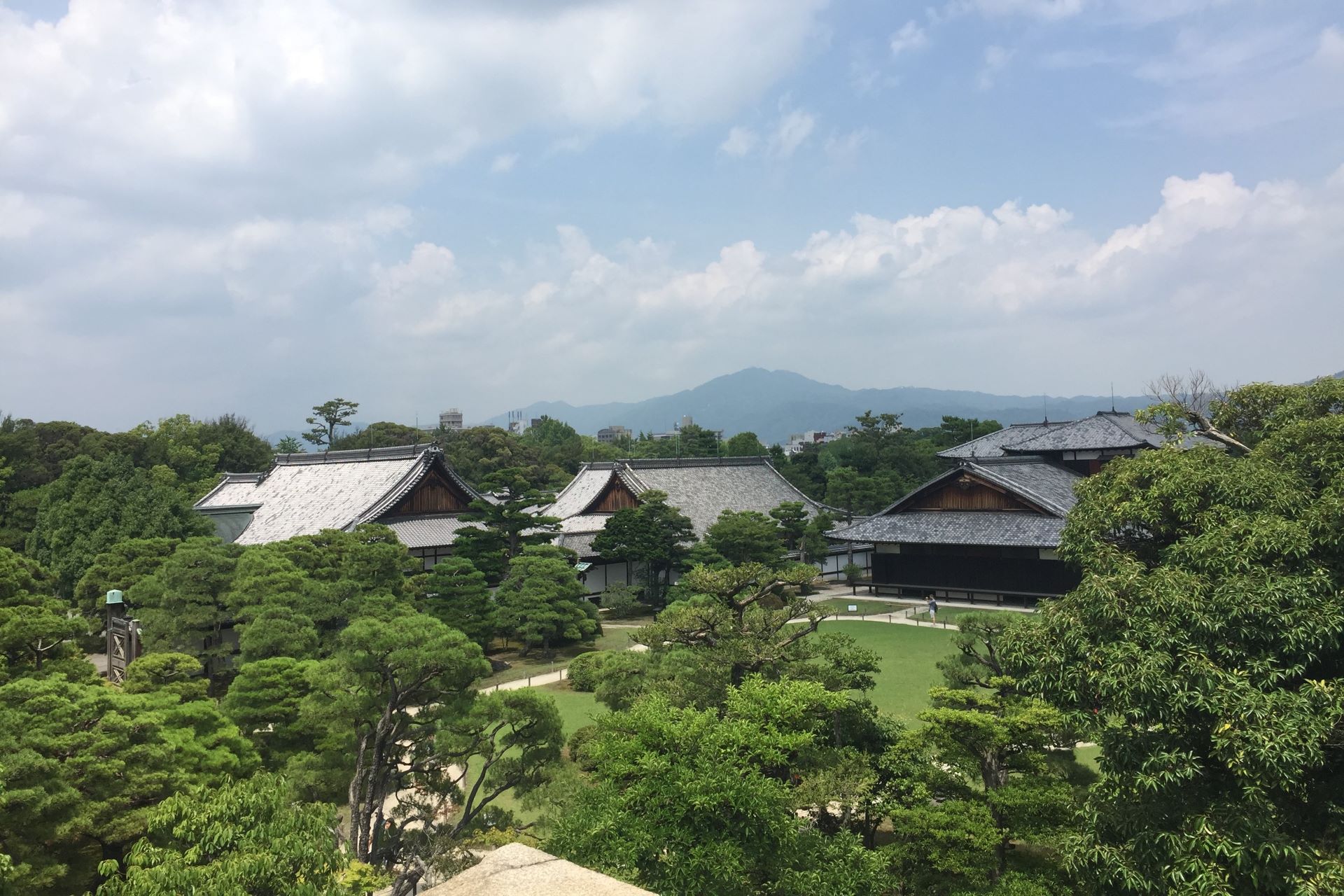
Visit Honmaru Palace
Though access is limited, the exterior and surrounding gardens are worth seeing.
Discover Seiryu-en Garden
The garden design combines Japanese and Western influences as a later addition from 1965. This is an eclectic garden that includes structures from other former buildings from the area and features two tea houses, Waraku-an and Kou-tei, although the latter is normally closed to the general public.
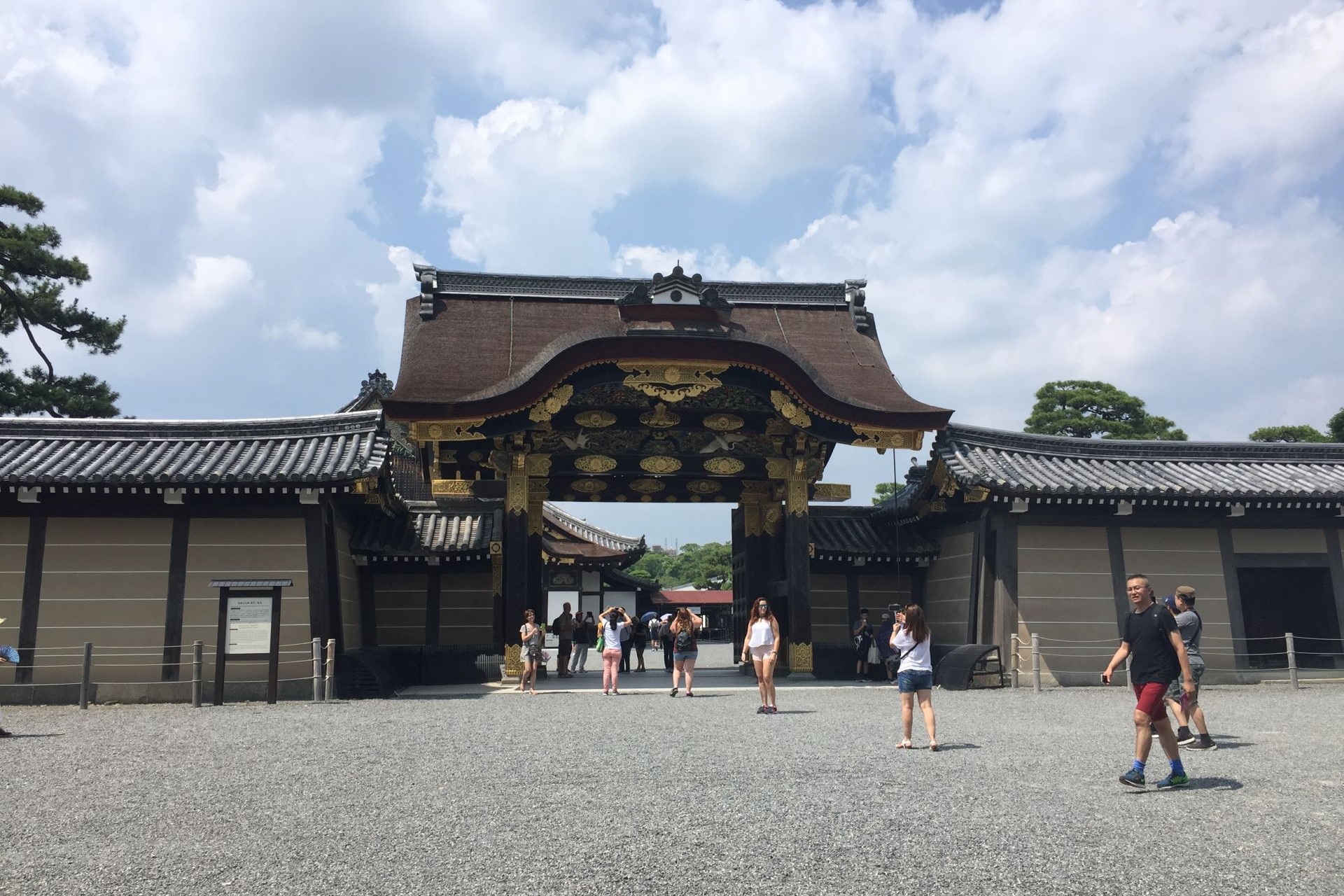
Attend Seasonal Events
Nijo Castle is one of the best locations in Kyoto to enjoy events like cherry blossom viewings and autumn leaf illuminations.
Visit the Painting Gallery
The latest feature of the complex, the gallery was opened in 2005 to display the original paintings preserved from the walls of Ninomaru Castle, as well as various original decorative artifacts. The exhibitions change regularly so it’s worth visiting more than once for those interested in the castle’s vast collection.
How to Get to Nijo Castle
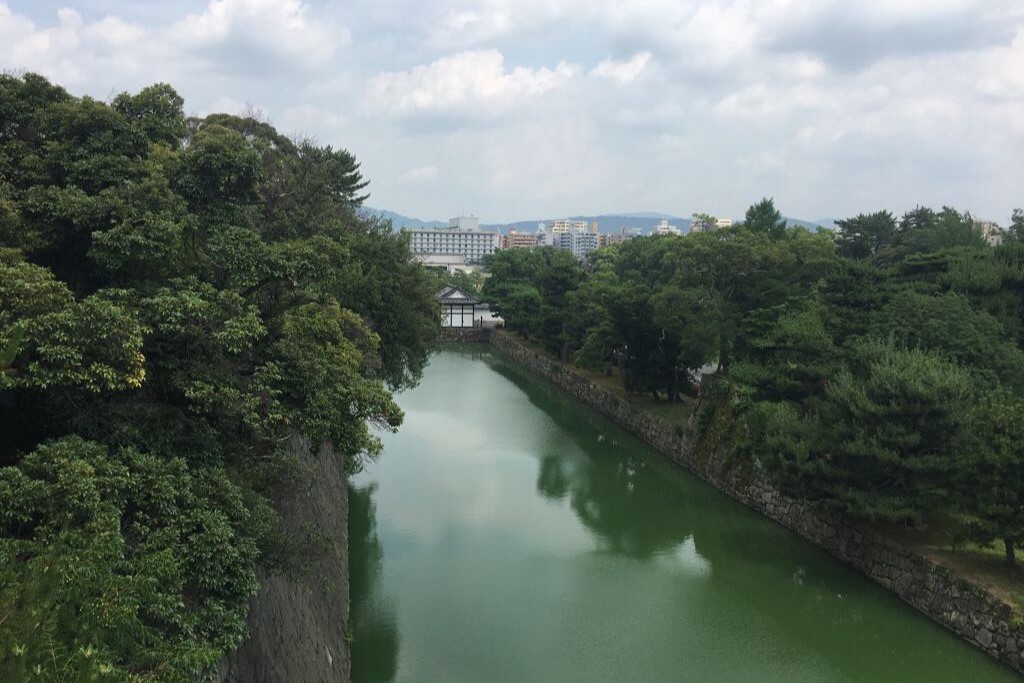
Map
Access
The closest subway station is Nijojo-mae Station on the Tozai Line, just a short 3-min walk from the castle entrance. Otherwise, there’s also JR Nijo Station which is a 13-min walk away from the castle. Alternatively, several bus lines stop nearby from Kyoto Station. There are also parking facilities available but they can fill up quickly so it’s always better to use public transportation.
Address
541 Nijojocho, Nakagyo Ward, Kyoto, 604-8301
Business Hours
8:45 – 17:00 (last entry 16:00)
Price
General admission (garden only): 800 yen / 400 yen (junior and senior high school students) / 300 yen (Elementary school students)
Castle admission + Ninomaru Palace: 1,300 yen / 400 yen (junior and senior high school students) / 300 yen (Elementary school students)
Honmaru Palace admission (advance reservation required, separate castle admission ticket required): 1,000 yen / 300 yen (junior and senior high school students) / 200 yen (Elementary school students)
<<Get your Nijo Castle and Ninomaru Palace Tickets here!>>
Official Website
https://nijo-jocastle.city.kyoto.lg.jp/?lang=en
Tourist Reviews of Nijo Castle
With a Google rating of 4.4 (based on 35,905 reviews), a TripAdvisor score of 4.5 (7,104 reviews), and a Yelp rating of 4.4 (88 reviews), Nijo Castle is celebrated for its unique architectural features and beautiful gardens.
On TripAdvisor, one visitor enthusiastically shared:
Strongly recommended. Spent almost three hours, well worth paying for the audio guide which added greatly to our enjoyment of the visit. Worth also booking the inner palace (Honmaru) online. Beautiful rooms, art and gardens. Great insight into the shogun/emperor relationship over time. One of our top attractions on this holiday.
―from TripAdvisor
A Yelp reviewer highlighted the castle’s historical charm and attention to detail:
Very beautiful palace and grounds. You can learn a lot about ancient Japanese history by visiting here. No photos were allowed inside, but there are beautiful murals on gold walls throughout. The floors sing like nightingales. Do be warned, no shoes inside. Outside is very scenic with many photo opportunities. Well-tended gardens.”
―from Yelp
Between its iconic nightingale floors, vibrant wall paintings, and well-maintained gardens, the castle experience appeals to both history enthusiasts and casual travelers.
Tourist Attractions Near Nijo Castle
Naturally, the former imperial capital of Japan is filled to the brim with historical and cultural sites that you shouldn’t miss! Just to name a few of the more prominent spots in the vicinity:
1. Kyoto Imperial Palace
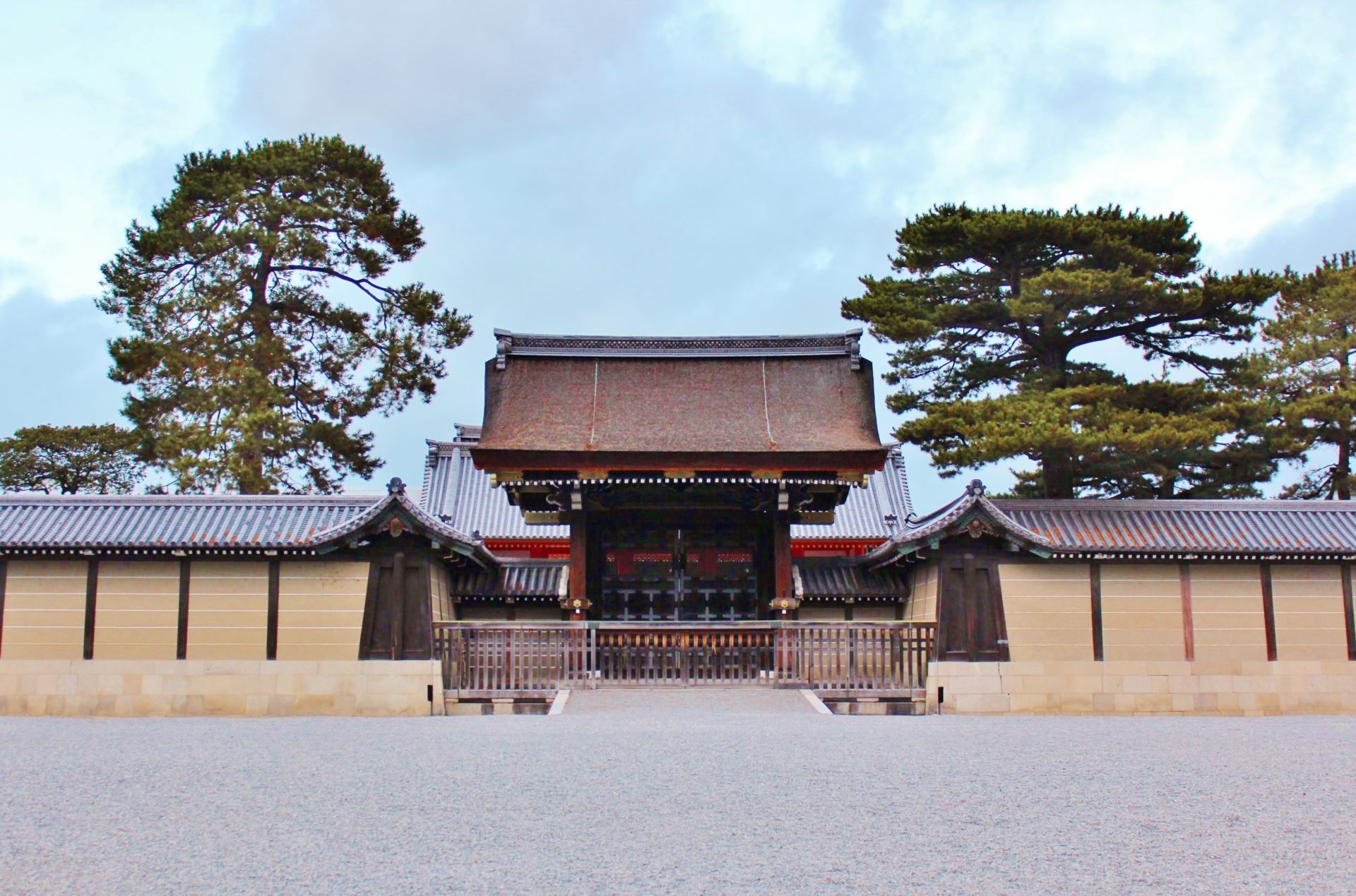
 Access Access |
14-min bus from Nijo Castle |
|---|---|
 Official Website Official Website |
http://sankan.kunaicho.go.jp/guide/kyoto.html |
2. Nishiki Market
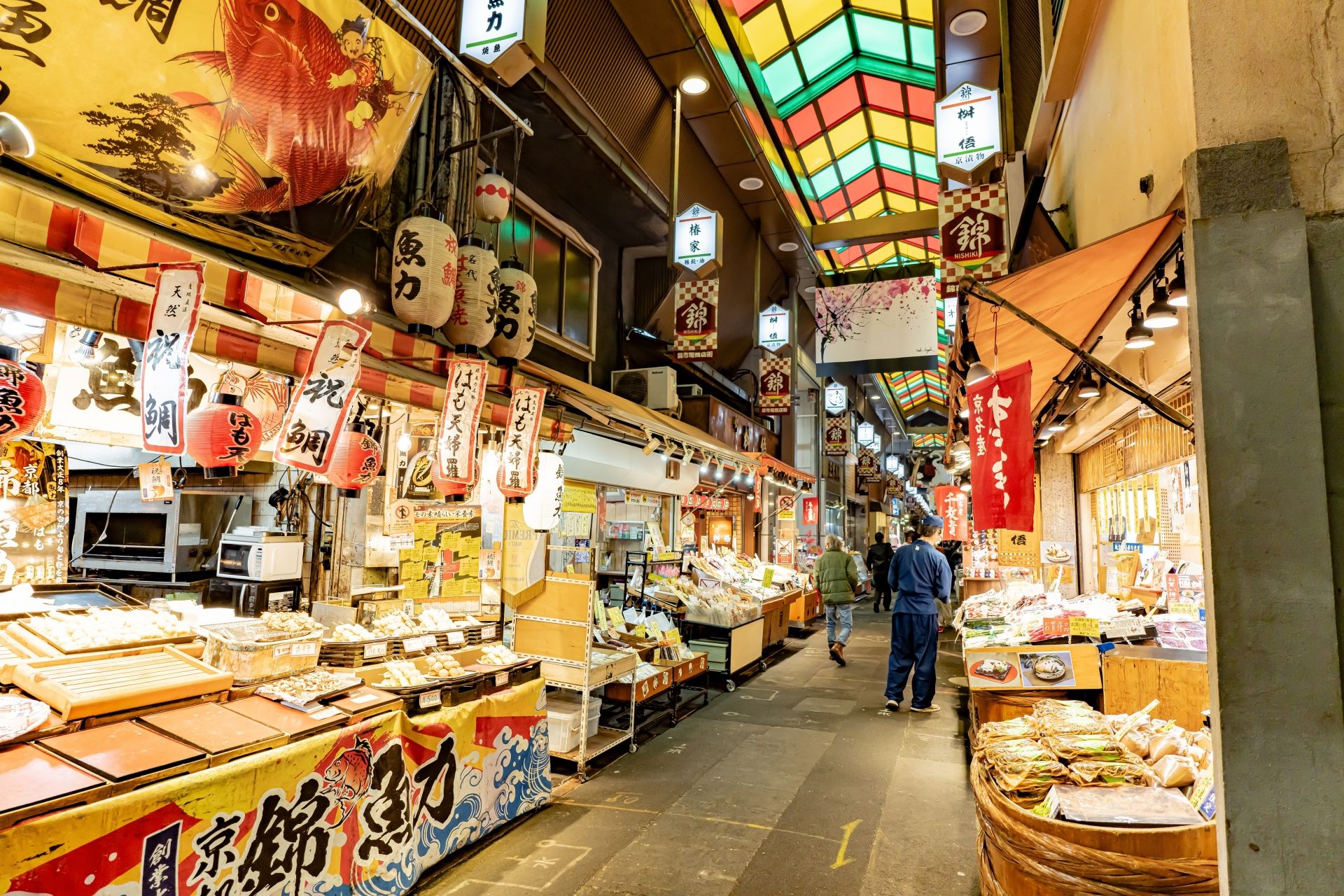
More info: Nishiki Market Tour: Food and Shopping Guide
3. Shijo-dori
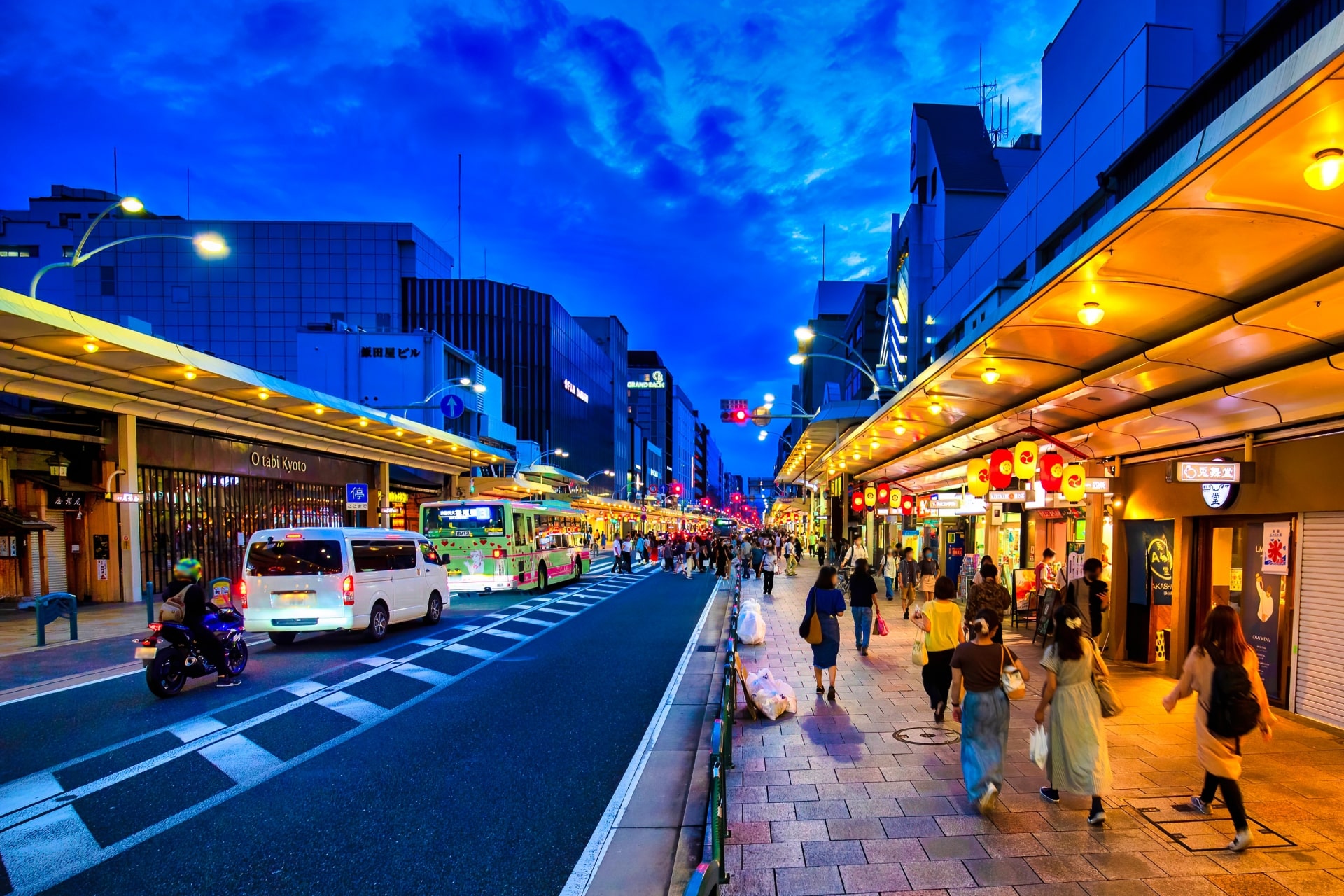
See also: Kyoto Shopping Guide: 15 Best Places to Shop in Kyoto
4. Kyoto Samurai Experience
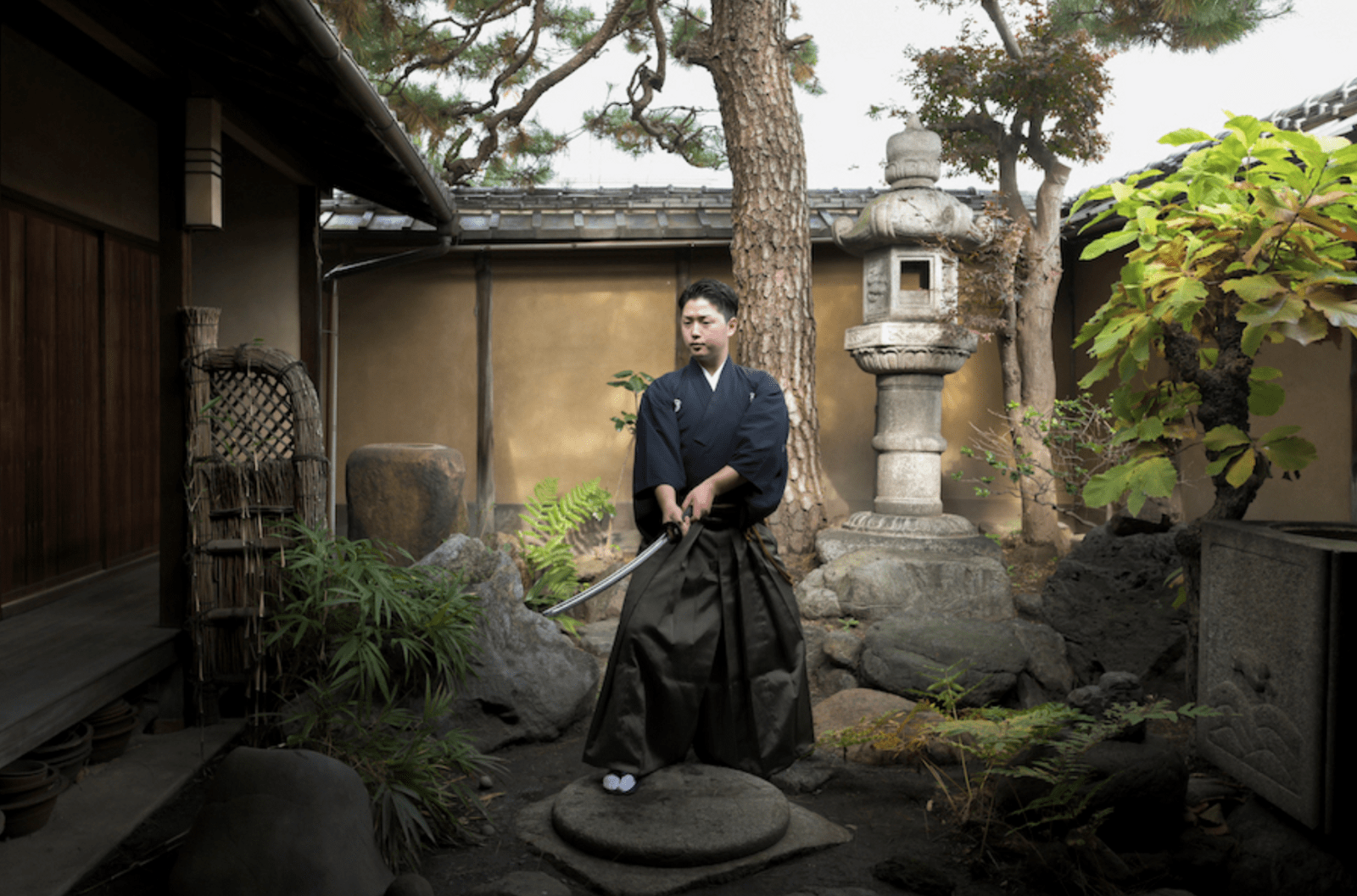
For a unique and hands-on cultural activity, the Kyoto Samurai Experience is just a 10-minute walk from Nijo Castle. Here, you can try tameshigiri, the traditional art of Japanese sword cutting, in a backyard setting. You will wear black hakama and listen to the soothing sounds of the shakuhachi flute and Buddhist singing bowls after the training session. This is one of the most authentic experiences for those wanting to don traditional attire and feel like a samurai for a day.
See also: 5 Best Samurai Experiences in Kyoto
For more information about traveling in Japan, check these articles below, too!
Written by
Photographer, journalist, and avid urban cyclist, making sense of Japan since 2017. I was born in Caracas and lived for 14 years in Barcelona before moving to Tokyo. Currently working towards my goal of visiting every prefecture in Japan, I hope to share with readers the everlasting joy of discovery and the neverending urge to keep exploring.







